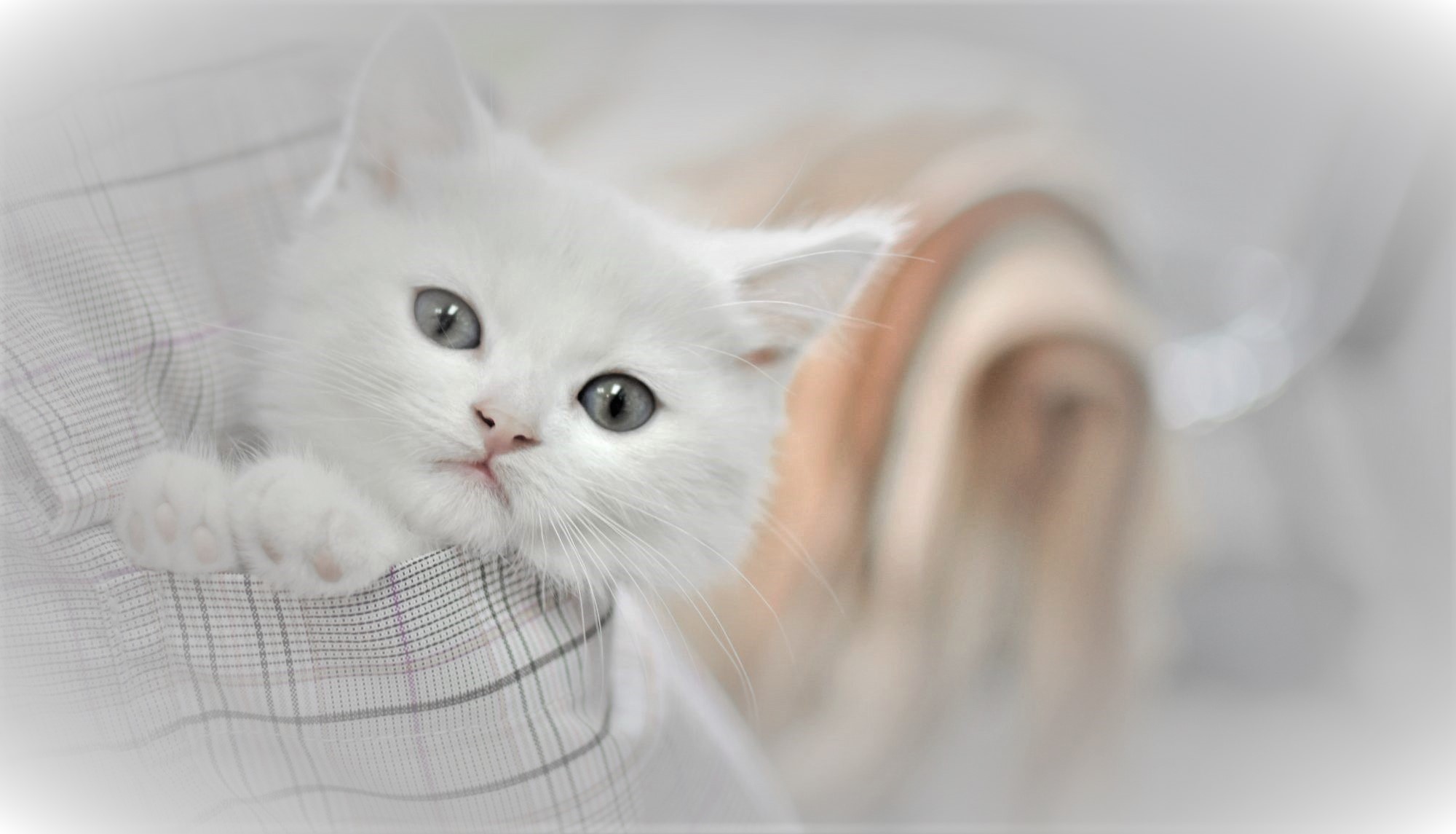I began to condider this procedure because I am still getting scratched from my cat, now and then. Fortunately, she is not too bad with the furniture therefore, I do not believe it would be a necessity. However getting my cat’s claws cut down, at least, sounds like it might be a good idea for both of us. So, I decided to seek the advise of an expert and started with, John Bradshaw, author of the new book Cat Sense: How the New Feline Science Can Make You a Better Friend to Your Pet.
I tend to be drawn to topics that cause ethical concen, But when a code of practice has to be put into place to prevent mutilation of cats, I required further research.
My professor and mentor agreed. According to article in Popular Science by Sarah Fecht, declawing a cat “involves removing the bones at the tip of her toes.” The Journal of Feline Medicine and Surgery published a retrospective cohort study that concluded…
Declawing cats increases the risk of unwanted behaviors and may increase risk for developing back pain. Evidence of inadequate surgical technique was common in the study population. Among declawed cats, retained P3 fragments further increased the risk of developing back pain and adverse behaviors. The use of optimal surgical technique does not eliminate the risk of adverse behavior subsequent to onychectomy.

How is a cat declawed?
The standard method of declawing is amputating with a scalpel or guillotine clipper. The wounds are closed with stitches or surgical glue, and the feet are bandaged.
Another method is laser surgery, in which a small, intense beam of light cuts through tissue by heating and vaporizing it. However, it’s still the amputation of the last toe bone of the cat and carries with it the same long-term risks of lameness and behavioral problems as does declawing with scalpels or clippers.
“”The operation involves essentially taking the ends of what we would call our fingers off. Surgically, it’s more than [just taking out the nail] because you have to take out the whole bit where the nail grows from. Bradshaw added, “There’s an ethical issue that is reflected in the codes of practice over here in Europe where declawing is illegal and regarded as being a mutilation of the animal.”
This NPR audio article is worth every one of the 36 minutes recorded. I have also pulled out pieces that were most meaingful to the topic of whether you should declaw your cat.
After listening to this interview in length, I decided to speak to a local veterinarian about this subject to see what they recommend. I spoke with veterinanrian assistant, Jackie (lastname omitted for privacy) who attends my church. She was solemn but pleasant in her response, “Our (animal) doctor usually recommends against it in most cases unless the cat is a harm to themselves or others. It is so debilitating – and so demoralizing”.
I had heard enough at this point, although I recommend you seek the counsel of a professional for final decision-making. I let science determine this fact, and will work harder to train my pet cat not to scratch me or the furniture- instead of surgery.

